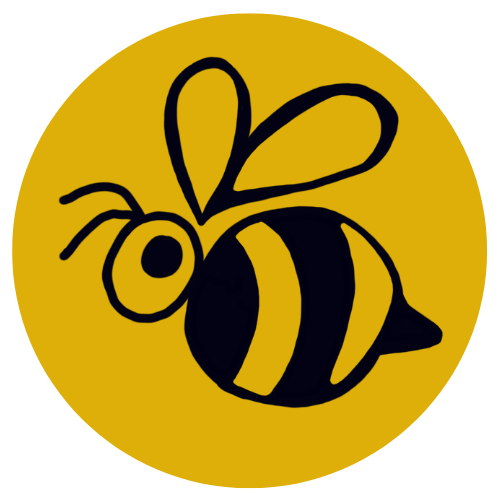This is one of those permaculture skill building things that doesn't fit neatly into categories, but is still important to understanding what lives on your site.
As I mentioned, in my PDC final project, I'm a member of the Mycological Association of Washington DC and intentionally cultivated mushrooms are important components of my design. Learning outdoor beds, and low single use plastic use in their growing is part of my long term soil building strategy for my site. But those are the mushrooms I actively set down spawn for and hope to grow (and often eat, part of the site's bounty!)
Then there are wild mushrooms and understanding them, and what's likely to grow on site in all seasons is another useful permaculture skill. Not necessarily towards eating, or medicinal uses, so much as understanding what lives on your site and the roles they play in your ecosystem, just as much as your local insects, plants, or mammals.
I spend part time in Maryland, part time in Ohio. Ohio is where my final design site is, but at the moment I'm exploring Maryland's bounty. The Ohio Mushroom Society is our similar club there.
The MAW is one of the country's oldest clubs. It runs ID forays (we don't remove samples, just ID in the field) year round,. Being here around DC, there are many scientists deeply involved in this work along with just fascinated amateurs.
My schedule finally allowed me to go for a woods walk here in December. It was all of about 38F degrees (or 3c) but we still found a number of interesting examples. not all of which we had real time identifications for. We also found lots of interesting lichens, slime molds, and mosses, some of which would take chemical analysis to get a proper ID on.
The hike was about 3 miles on Saturday morning in the south tract of the Patuxent National Wildlife Refuge/Patuxent Research Refuge, which is part of my Maryland watershed. It's in the Chesapeake Rolling Coastal Plain ecozone, and I'm in the Piedmont Uplands, but we share many of the same species.
Going out with skilled experts is the best way to begin to learn what's local to you. I strongly recommend joining a local club if this is at all in your interests. Field guides won't give you that same level of expertise.
My other piece of advice is don't ask "can I eat it?" Instead, look at the trees and try to identify what species grow together symbiotically. Edible or not is less important than understanding the roles they play in the landscape. The mycorrhizal networks in our plant spaces make our gardens and forests grow abundantly. We depend upon them.
Plus, forays get you out and about, interacting with folks who care about preserving these special places, and you learn a lot while hiking.
Beautiful, if faded, Turkey Tails.

Unidentified.

A good place to go mushie hunting!

a jelly fungus, similar to Wood Ear mushrooms.

A scale lichen.

Unidentified.

Turkey Tails and down below, Snow Oysters.

Unidentified.

In context.

Due to the water, it's also an excellent place for birdwatching.

All in all, a pleasant foray!


